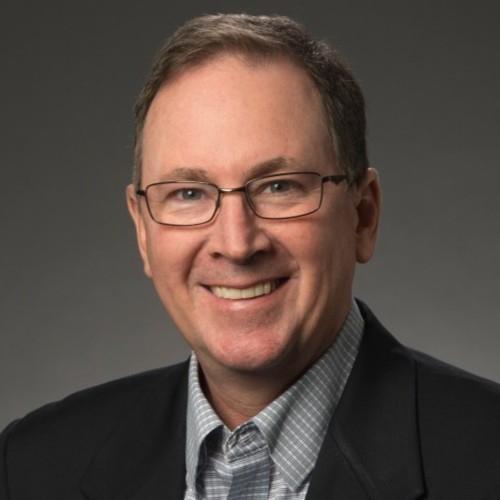FLASH FRIDAY is a weekly content series looking at the past, present and future of capital markets trading and technology. FLASH FRIDAY is sponsored by Instinet, a Nomura company.
The broker-dealer space is undergoing significant transformation with the number of U.S. brokerage firms continuing to shrink. There were 3,378 firms registered with FINRA in 2023, a decrease of 16 firms from 2022, 229 firms from 2018 and 1,448 firms from 2017, according to the regulator’s 2023 Industry Snapshot report.

David Choate, COO at CAPIS said that fixed costs continue to rise, while the overall commission pool shrinks: “This leads to one of only two growth possibilities – broker-dealers must take market share or buy market share”.
Technological advancements and regulatory demands are some of the factors driving consolidation.
Choate said that increased technology and compliance costs must be offset by either higher revenue or increased efficiency.
The prime brokerage industry is also shrinking, according to Peter Eliades, Managing Director, Electronic Trading, Clear Street.
He said that US bank regulators are preparing to issue a notice updating capital rules, known as Basel III Endgame, with the final expected effective date on January 1, 2025.
“As banks continue to face pressure to meet increasing and uncertain regulatory capital requirements, reducing counterparty and trading risks will be an important focus for large banks, who may look to further cut prime brokerage clients and services in anticipation of the new regulations,” he said.
Eliades added that regulation in industries like technology and medicine often follows innovation, and governing bodies must keep up with the latest developments. In finance, the opposite can be true, he said: “New regulations sometimes drive innovation, challenging the industry to develop solutions that meet rising standards in reporting and processing.”

For example, he said, mandated Central Clearing of U.S. Treasury and Repo through the Fixed Income Clearing Corporation will require firms to centralize inventory from different desks through an integrated, centralized platform.
A SEC study of the impact of this rule on markets and market participants found that technology will be the most considerable cost to market participants adopting the rule and that outdated systems would be a significant constraint, Eliades said.
Another example is the move to T+1, which requires a change of culture and a shift from manual processes, like email trade confirmations, to automation, according to Eliades.
“As the May 2024 deadline approaches, industry participants must ensure their technology and internal operations (and their counterparties) can accommodate the change,” he said.
“In theory, technology should be making us all more productive and efficient,” added Choate.
Unfortunately, he said, broker dealers are forced to add new technology to satisfy new regulatory requirements rather than to improve efficiency.
For example, broker dealers have added services for various reporting requirements such as CAT, CAIS, TRACE, 606, 605, and others, he said.
While most of these reporting systems have been in place for years, new requirements are consistently being added.
“The move to T+1 settlement is another industry-wide change that requires new technology, but does not necessarily increase efficiency or add revenue,” he said.
Choate thinks that consolidation will continue to impact the landscape, but independent brokerage firms will “still drive innovation as they seek to solve problems at the client level”.
Eliades added that increased connectivity and fragmentation require more robust infrastructure and routing capabilities than ever before.
“As Best Execution requirements continue to rise, broker-dealers must stay ahead of the game by investing in technology and innovating across their stack,” he stressed.
“To keep up with changing market conditions and regulatory requirements, banks and brokers must reduce manual processes in favor of technology that empowers users to make smarter decisions and identify potential risks throughout the trading process,” he added.





